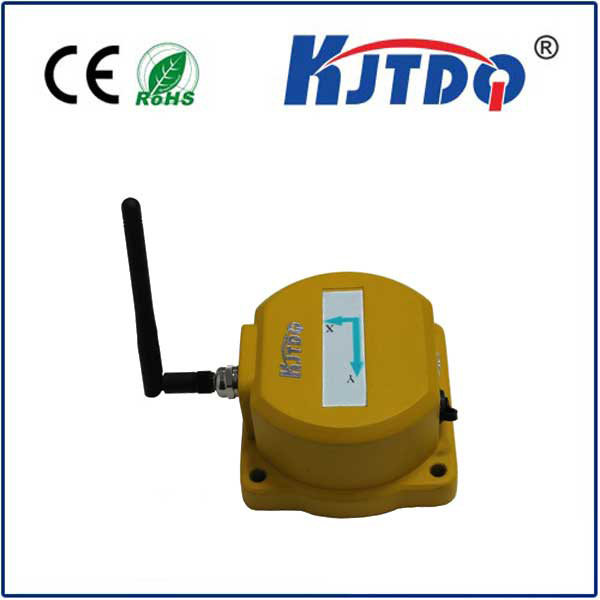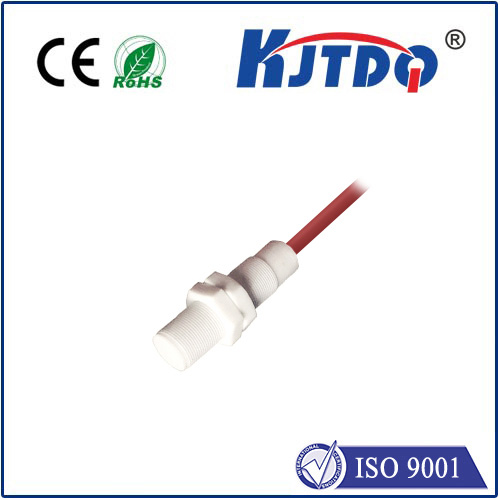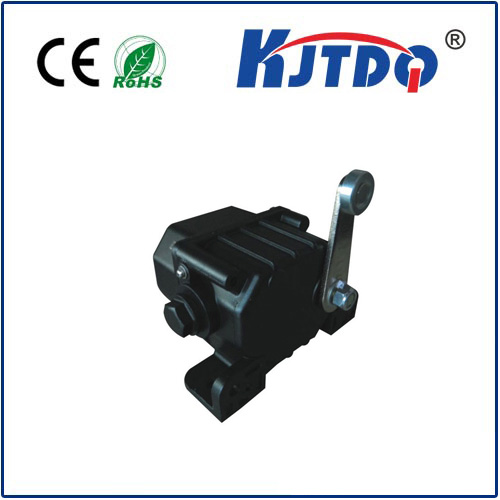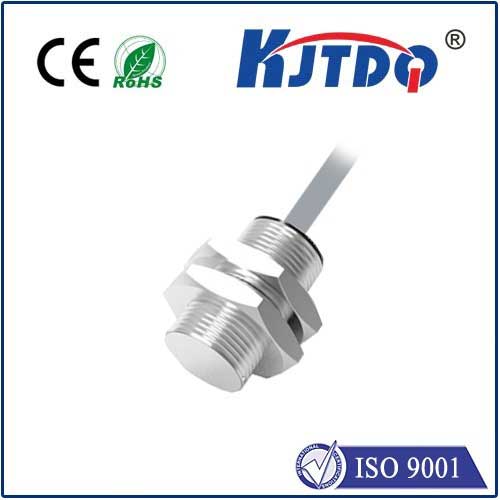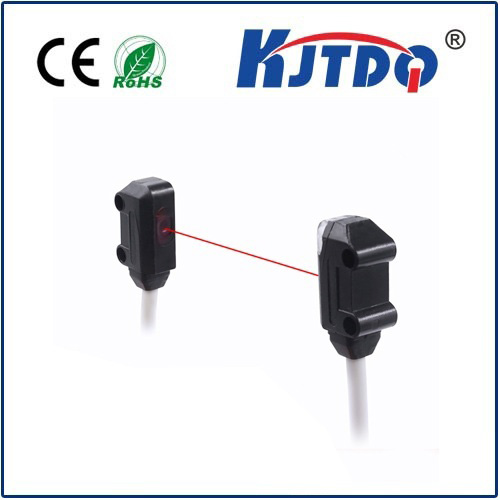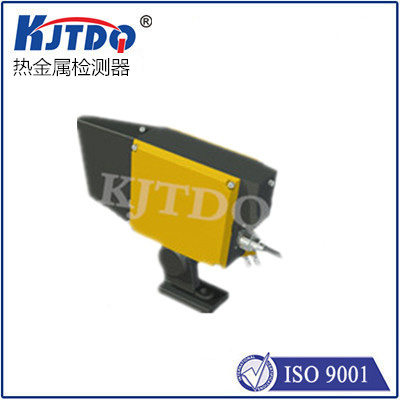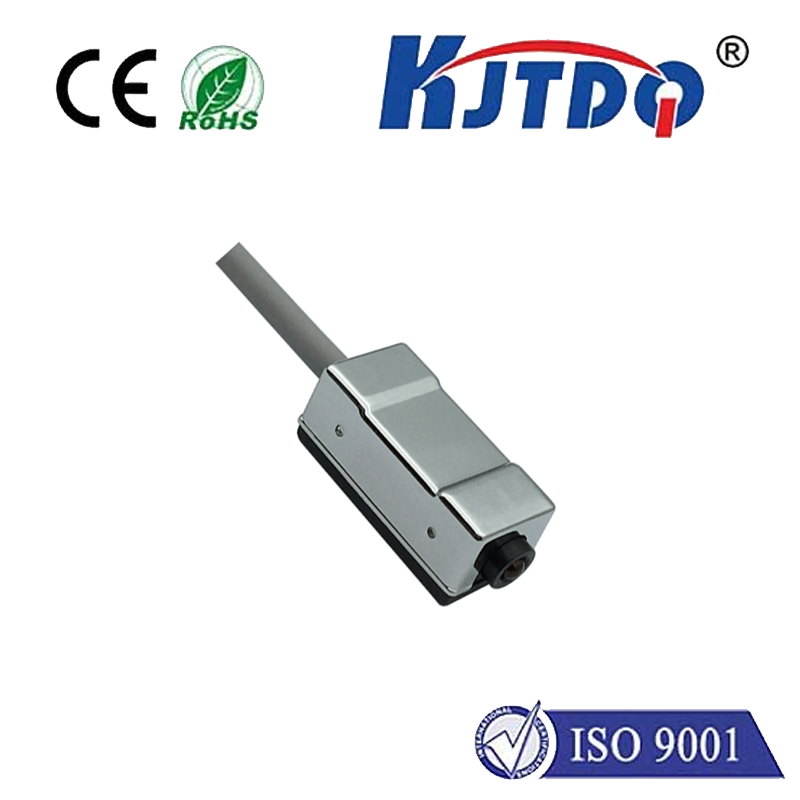optical sensor ignition system
- time:2025-08-15 00:40:09
- Click:0
Beyond Contact: How Optical Sensors Are Revolutionizing Modern Ignition Systems
Imagine an engine struggling to start on a cold morning. Inside, a technician adjusts a cumbersome mechanical contact breaker point, splattered with oil, trying to coax a precise spark from reluctant metal. This scene, common decades ago, highlights the limitations overcome by modern ignition, particularly by the sophisticated optical sensor ignition system. This technology represents a fundamental shift from physical contact to the precision of light, defining peak engine performance in the 21st century.
The Core Principle: Seeing the Spark Signal
At its heart, an optical sensor ignition system replaces traditional physical triggers (like magnetic Hall Effect sensors or even older contact points) with a non-contact, light-based method to determine crankshaft and/or camshaft position. This is critical because the Engine Control Unit (ECU) needs extremely accurate data on piston position to fire each spark plug at the precise optimal moment within the combustion cycle.
Here’s how it typically works:
- The Disc: A slotted wheel (or a disc with alternating transparent and opaque segments), known as a trigger wheel, is firmly attached directly to the crankshaft or camshaft. As the engine rotates, this disc spins accordingly.
- The Light Source: An LED (Light Emitting Diode) emits a constant beam of infrared light directed towards the spinning disc.
- The Photodetector: Positioned directly opposite the LED, across the path of the spinning disc, sits a highly sensitive phototransistor or photodiode. Its job is to detect the presence or absence of the LED’s light beam.
- Generating the Signal: As the disc spins, its slots (or transparent segments) pass between the LED and the photodetector. Light passes freely through a slot, activating the photodetector. When an opaque segment blocks the light beam, the photodetector deactivates. This rapid, alternating pattern of light-on/light-off translates into a precise digital signal – a square wave pulse train.
- ECU Interpretation: This clean digital signal is fed directly to the engine’s ECU. The ECU uses the frequency of these pulses to determine engine speed (RPM) and the specific pattern (often involving gaps or missing teeth on the disc) to identify the exact angular position of the crankshaft/camshaft, known as the engine position. Based on this critical data, combined with inputs from other sensors (like MAP, MAF, coolant temperature), the ECU calculates the exact optimal ignition timing for each cylinder and fires the spark plugs accordingly.
Why Optical Outshines the Alternatives

The move to optical ignition sensors offers profound advantages over older technologies:
- Unmatched Precision & Accuracy: Physical wear, magnetic interference, and voltage fluctuations significantly affect Hall Effect or variable reluctance sensors. Optical systems generate exceptionally clean and accurate digital signals, free from these distortions. This translates directly to pinpoint ignition timing.
- Increased Reliability: The absence of moving parts or physical contact eliminates a major source of wear and failure. Hall Effect sensors rely on magnetic fields interacting with moving parts. Optical sensors, operating purely via light, suffer less from mechanical degradation.
- High-Resolution Data: Optical discs can incorporate many more slots or segments than the teeth typically found on magnetic trigger wheels. This provides higher resolution position data, crucial for modern engines employing aggressive timing strategies and multi-spark discharge features for optimal combustion and lower emissions.
- Immunity to EMI: Optical systems are inherently less susceptible to Electromagnetic Interference (EMI) generated by ignition coils and other high-current components within the engine bay. Magnetic sensors are far more prone to signal corruption from these sources.
- Consistent Low-Speed Performance: Unlike some magnetic sensors, optical sensors generate a strong, clean, and reliable signal even at very low crankshaft RPMs, such as during engine cranking. This significantly improves cold starting reliability and smoothness.
Design and Durability Considerations
While highly reliable, optical sensor ignition systems aren’t invincible. Performance hinges critically on clarity. Contamination is the primary enemy:
- Sealing is Paramount: High-quality sealing around the LED and photodetector assembly is essential. Dust, oil mist, or moisture entering the optical path can scatter or block the light beam, leading to signal degradation or complete failure. Manufacturers employ robust seals and often pot the internal components to create a protective barrier.
- Temperature Resilience: Engine compartments are extreme environments. Optical sensors must be built to withstand sustained high temperatures, thermal cycling, and exposure to fluids without compromising the integrity of the seals or the electronics.
- Disc Integrity: The trigger disc must remain clean and free of significant damage. While thick oil or debris buildup is the main issue (preventing light transmission through slots), significant physical damage to the disc itself would also disrupt the signal.
The Tangible Benefits: From Lab to Road
The technical superiority of the optical sensor approach manifests in real-world driving experiences:
- Optimized Combustion: Precise timing control ensures fuel burns completely and efficiently across all engine operating ranges. This maximizes power delivery while minimizing wasted energy.
- Reduced Emissions: Cleaner, more complete combustion directly translates to significantly lower levels of harmful exhaust pollutants like unburned hydrocarbons (HC), carbon monoxide (CO), and oxides of nitrogen (NOx), helping meet stringent emissions regulations.
- Enhanced Fuel Economy: Efficient combustion means extracting more usable energy from each drop of fuel. Accurate timing control via optical sensors is a critical factor in achieving peak fuel efficiency.
- Improved Drivability: Smoother idle, crisp throttle response, and consistent power delivery are hallmarks of engines with precisely controlled ignition. Optical sensors play a key role in delivering this seamless performance.
- Robust Performance: Increased reliability translates to fewer ignition-related failures, better cold starts, and consistent performance in challenging conditions (hot, cold, humid).
Maintenance and Perceived Complexity
One perceived drawback is cost – optical sensors and discs can be more expensive to produce than simpler magnetic counterparts. However, the overall lifetime cost often favors optical systems due to their inherent reliability and reduced need for maintenance or replacement compared to contact-based predecessors.
Repair procedures require attention to cleanliness. Any work involving the sensor or disc necessitates meticulous care to prevent contamination that could cause future issues. Proper diagnosis also requires understanding the distinct signal characteristics of an optical system compared to magnetic sensors; technicians use oscilloscopes to verify the clean, digital square wave pattern.
The optical sensor ignition system isn’t merely an evolution; it’s a paradigm shift in controlling the heartbeat of an engine. By harnessing the precision of light, it delivers the accuracy, reliability, and consistency demanded by modern powertrains. From enabling stricter emissions compliance to ensuring that instantaneous throttle response drivers expect, this technology remains a cornerstone of efficient, powerful, and clean engine management, solidifying its place as the gold standard for crankshaft position detection and ignition timing control in high-performance and everyday vehicles alike.












